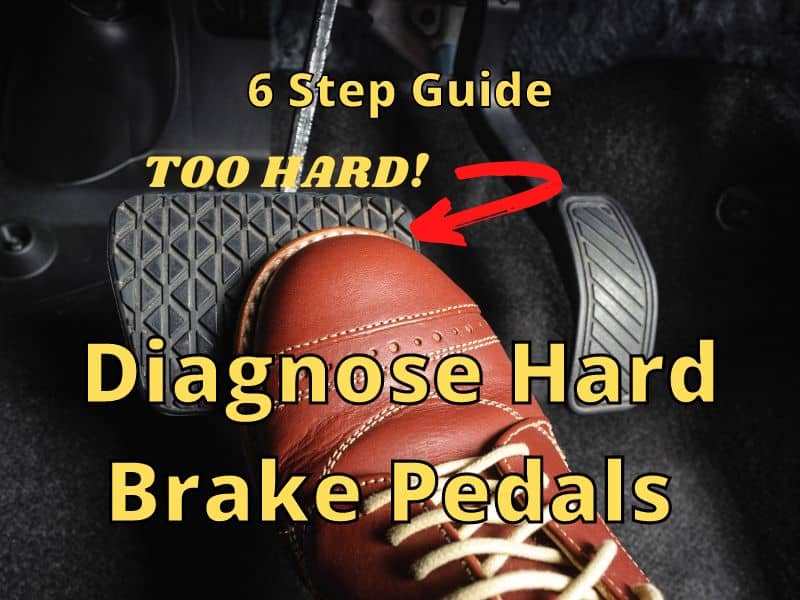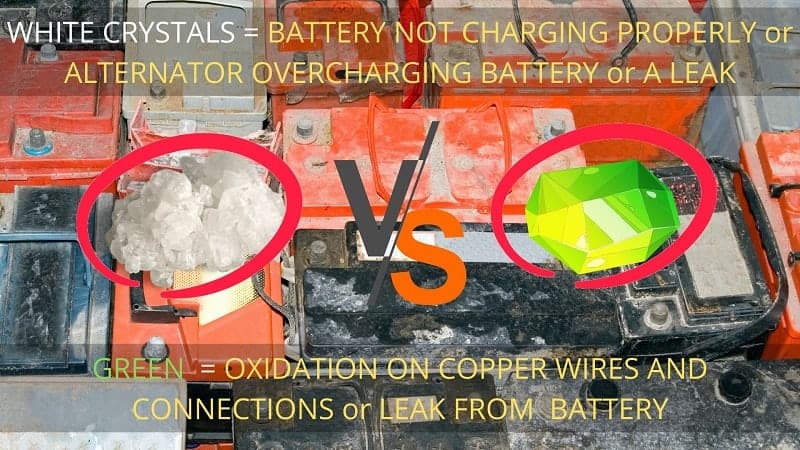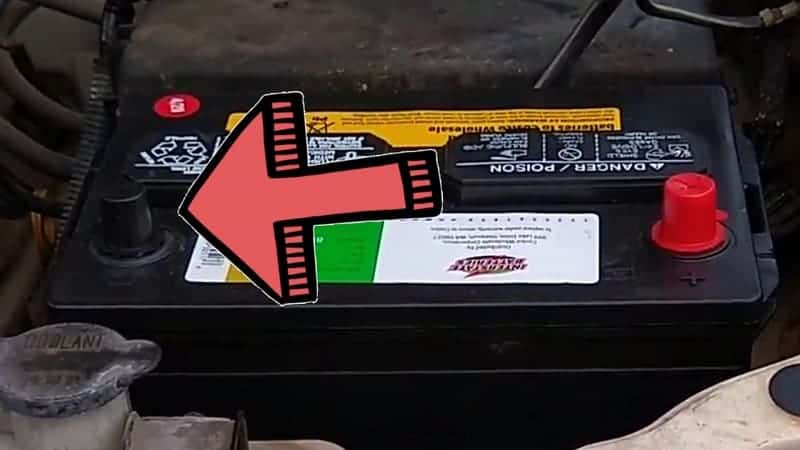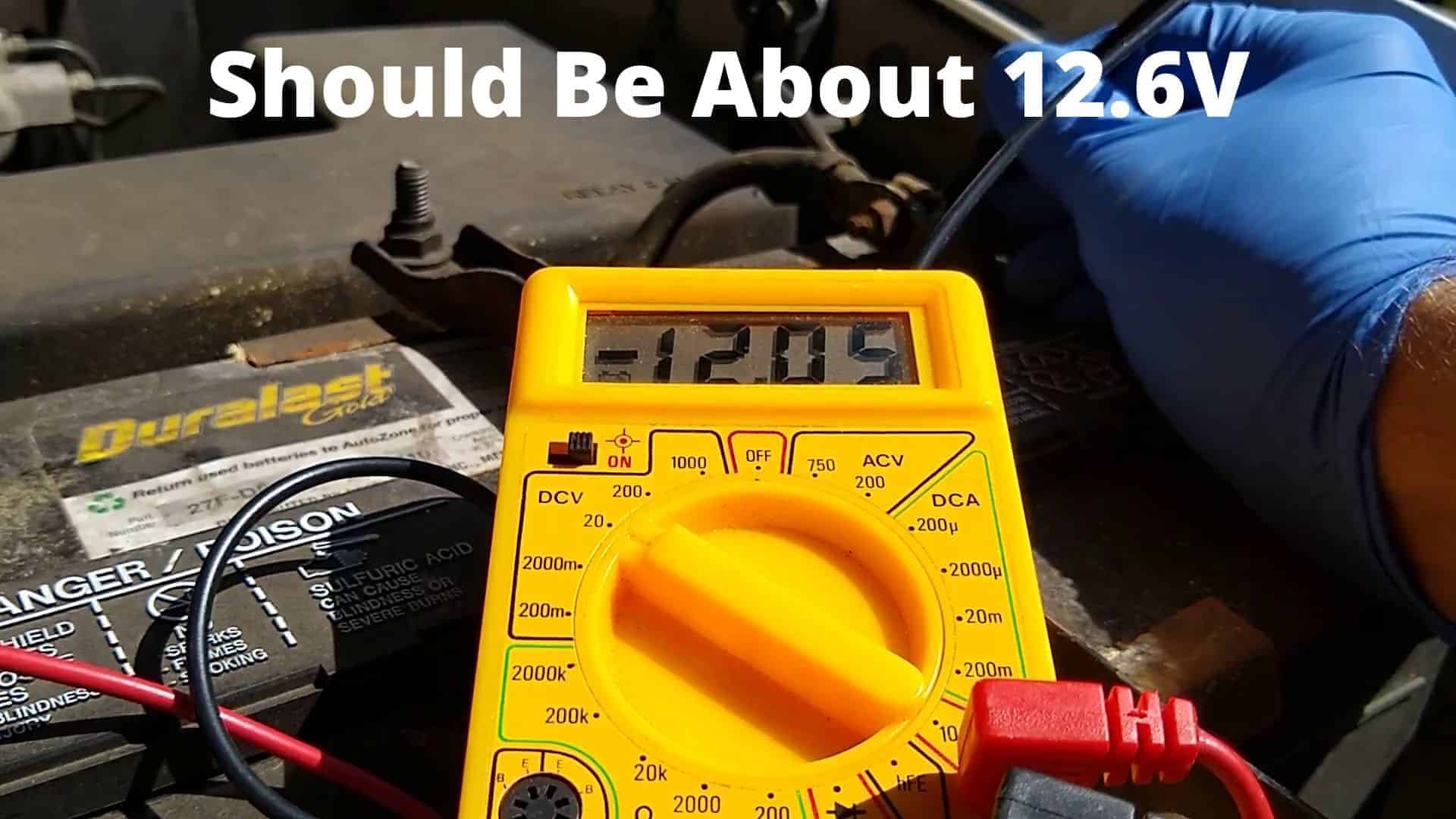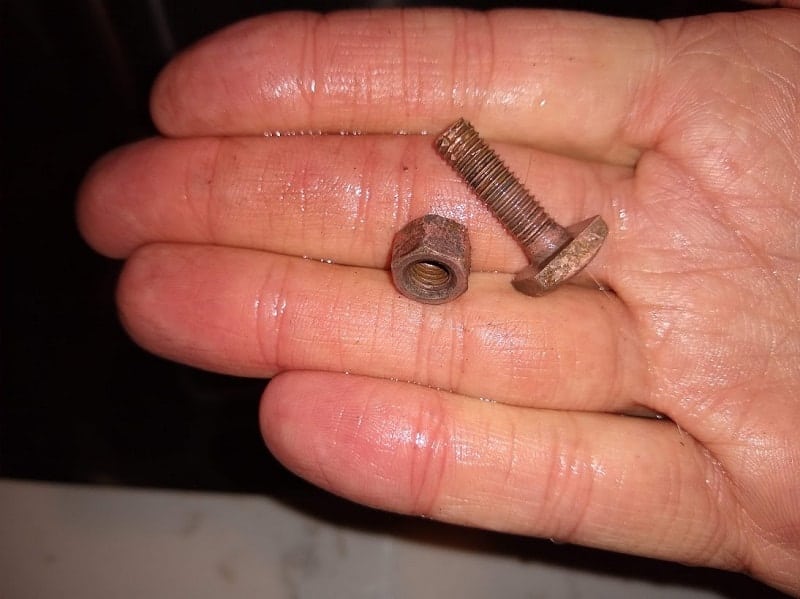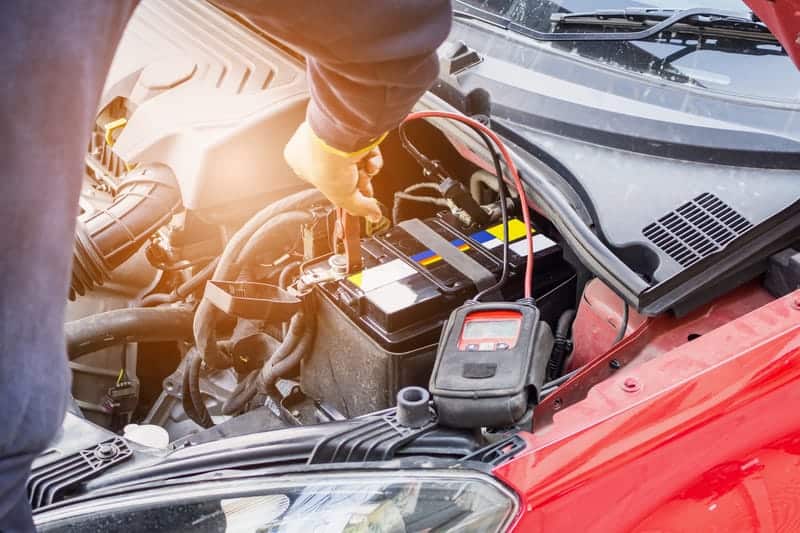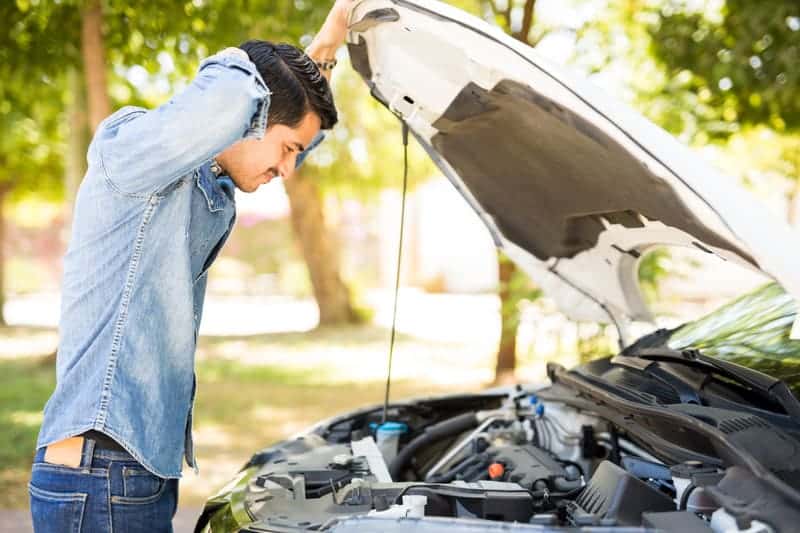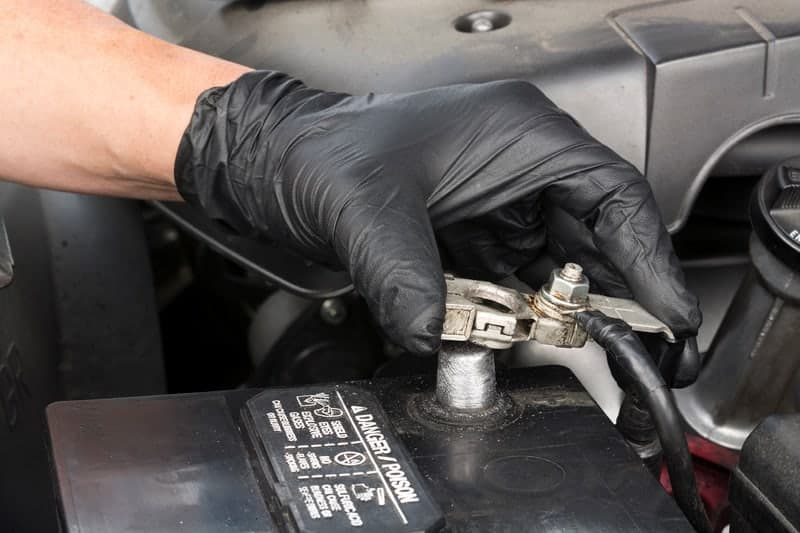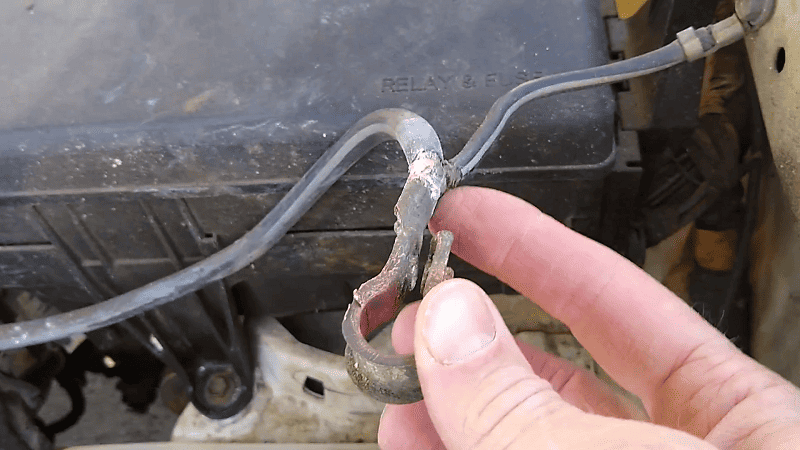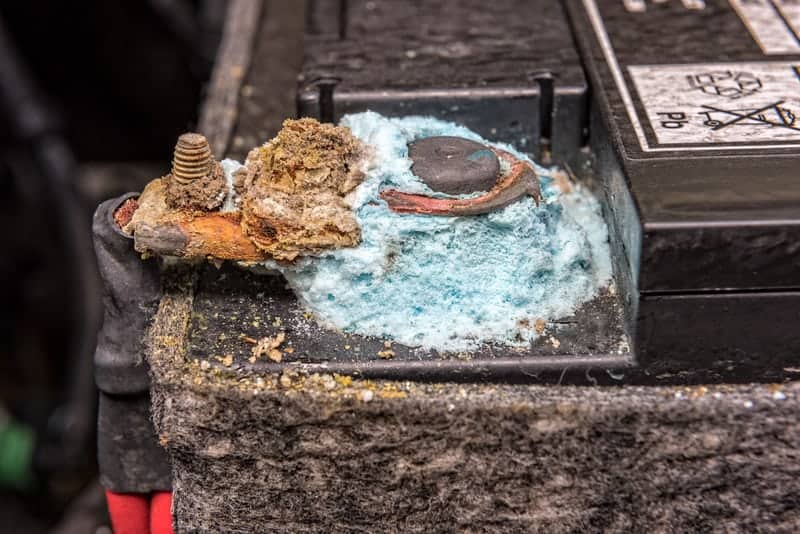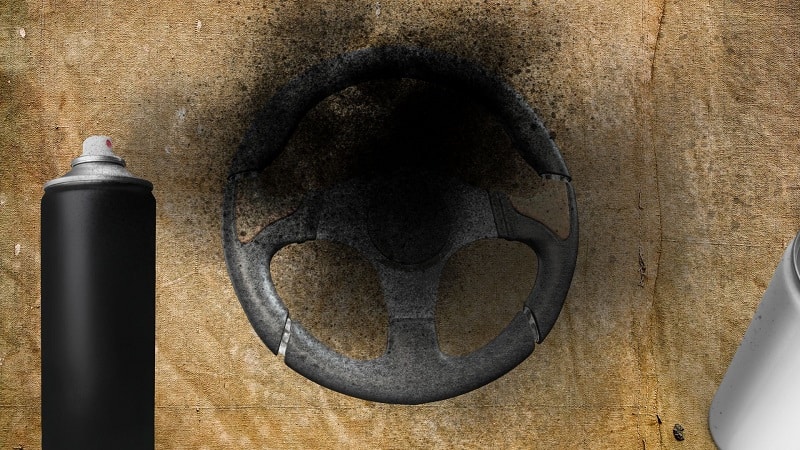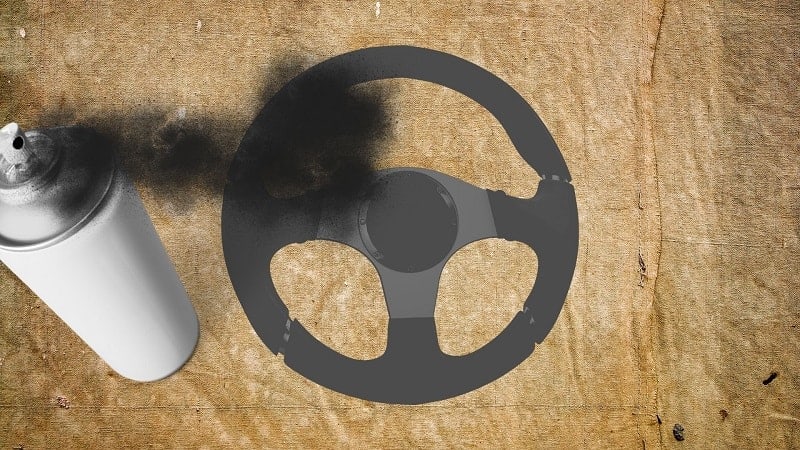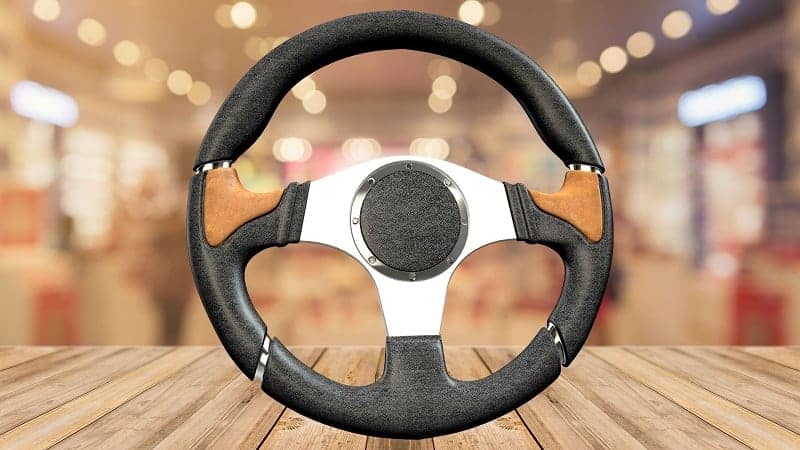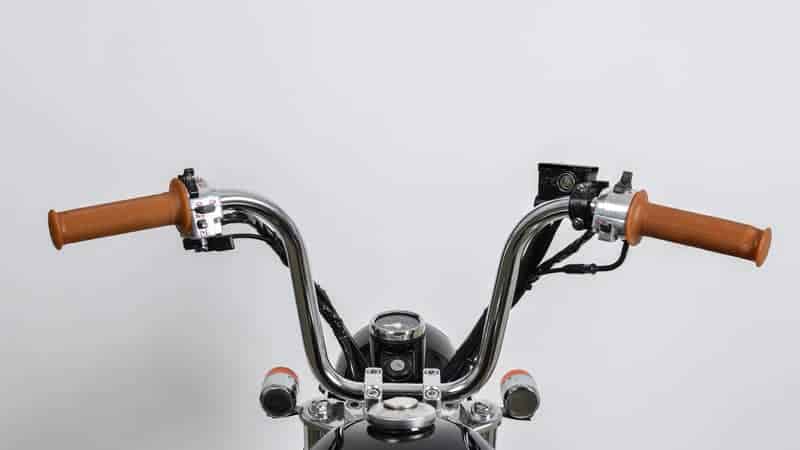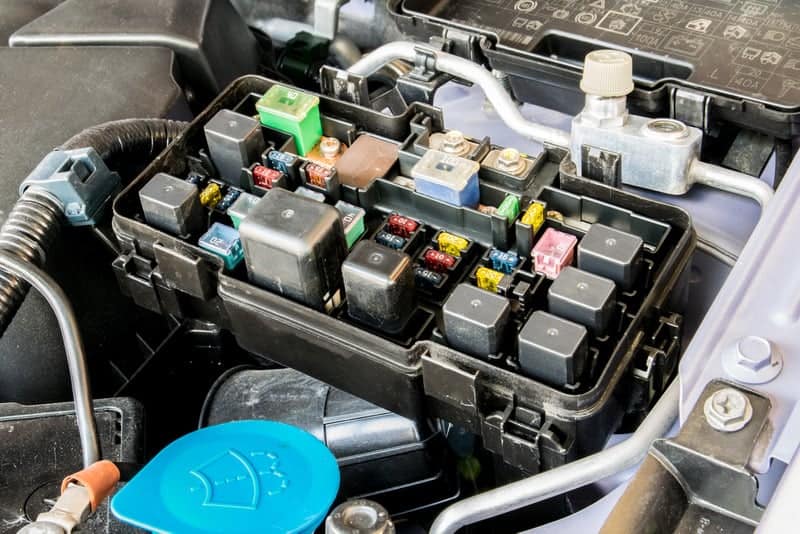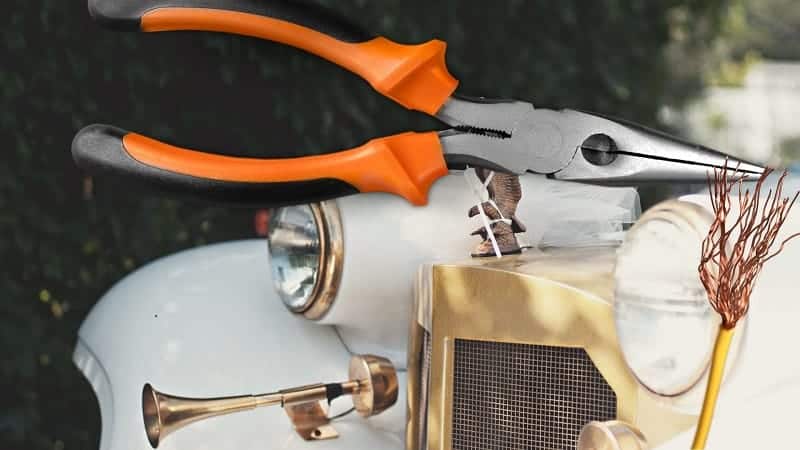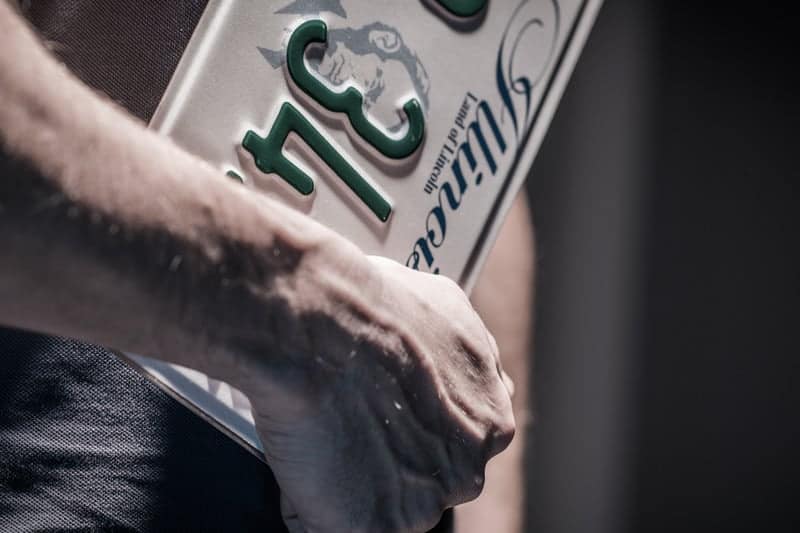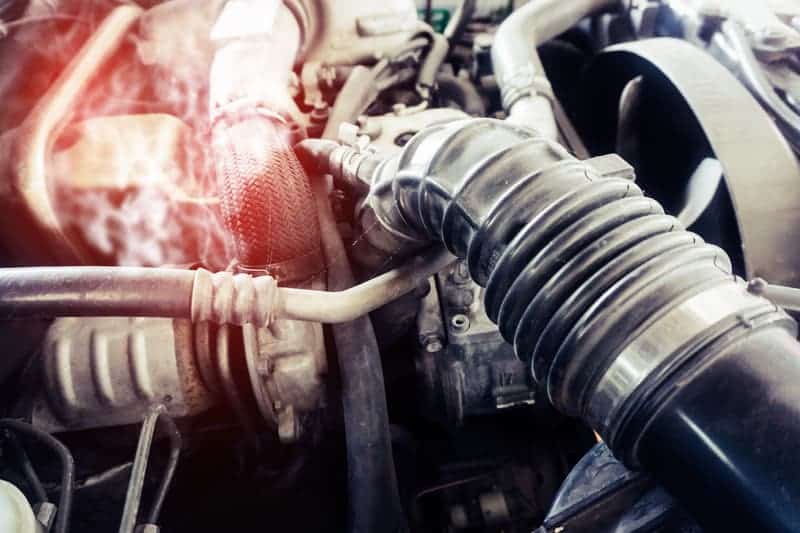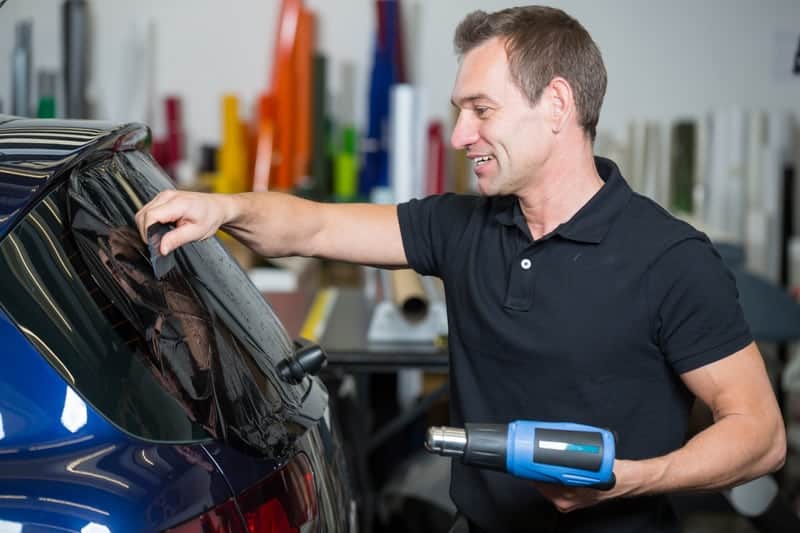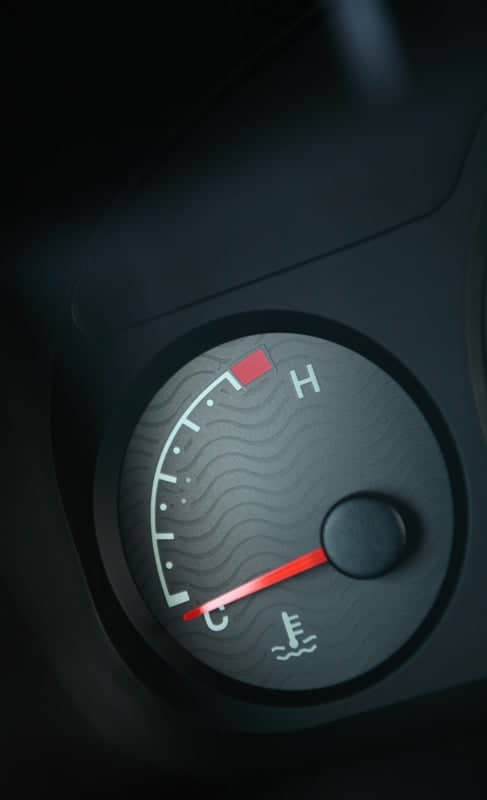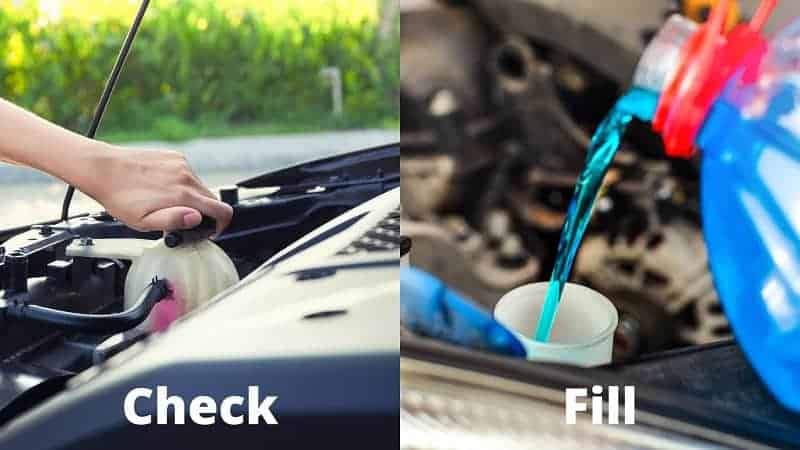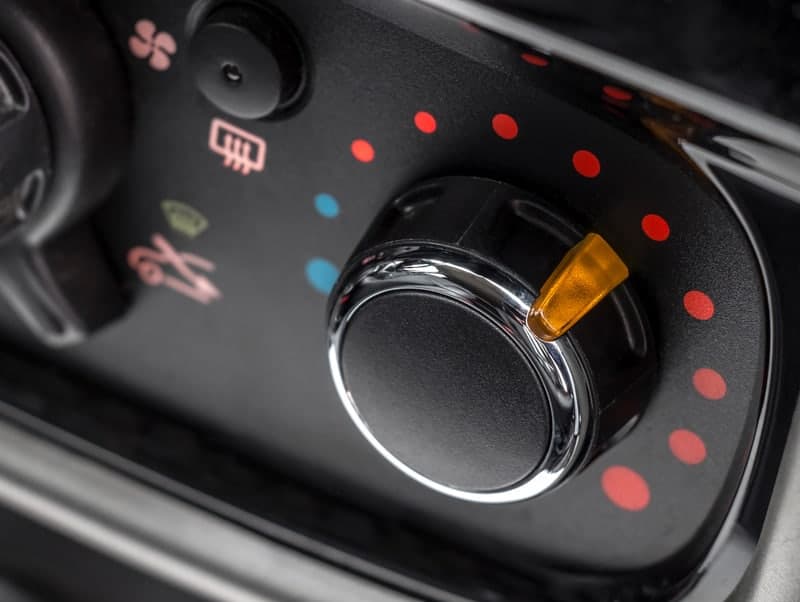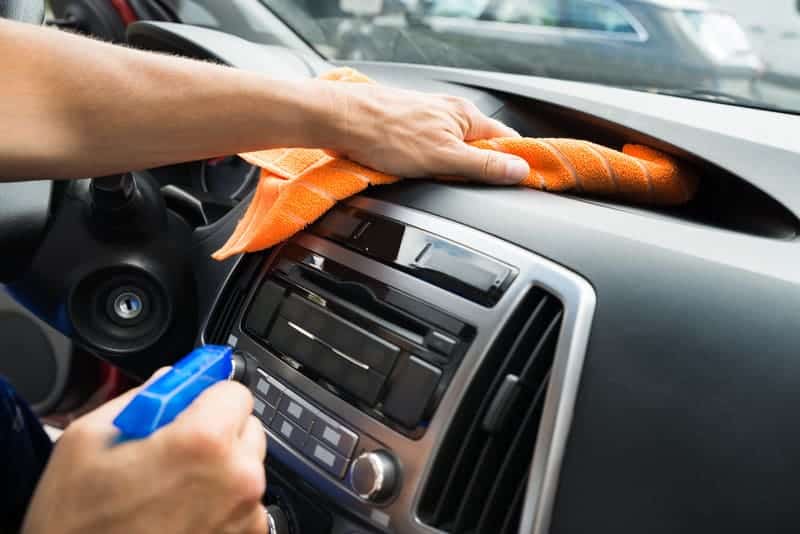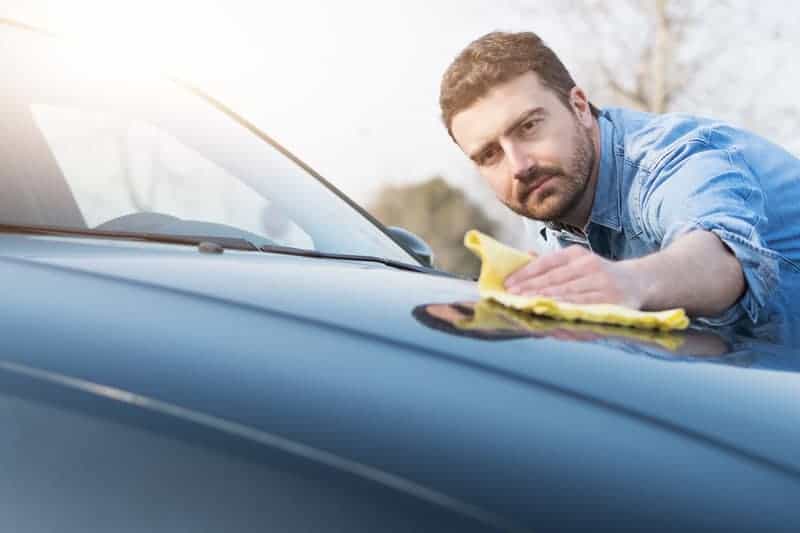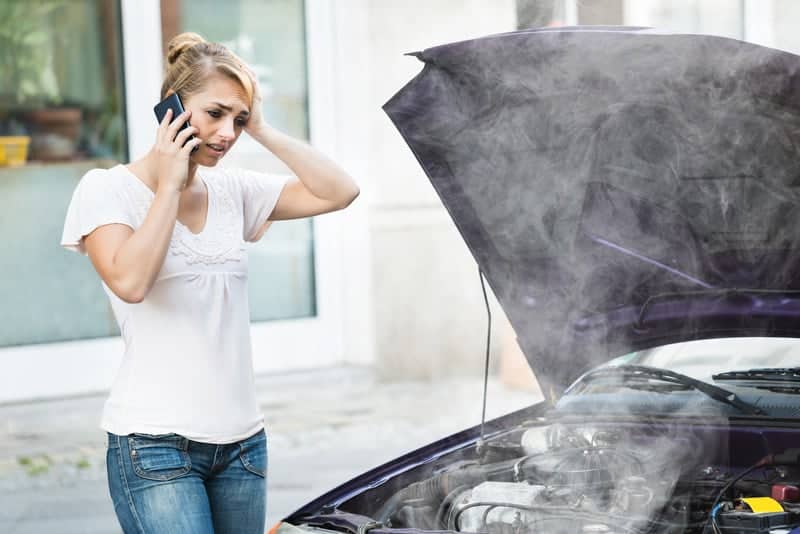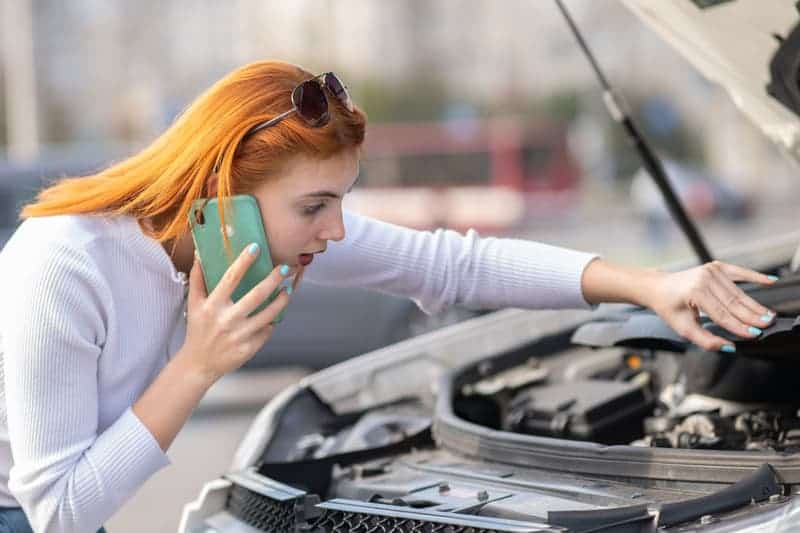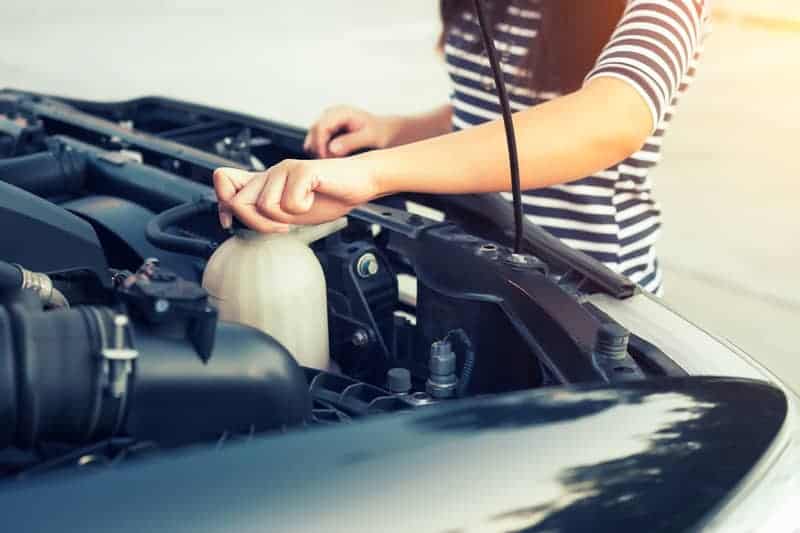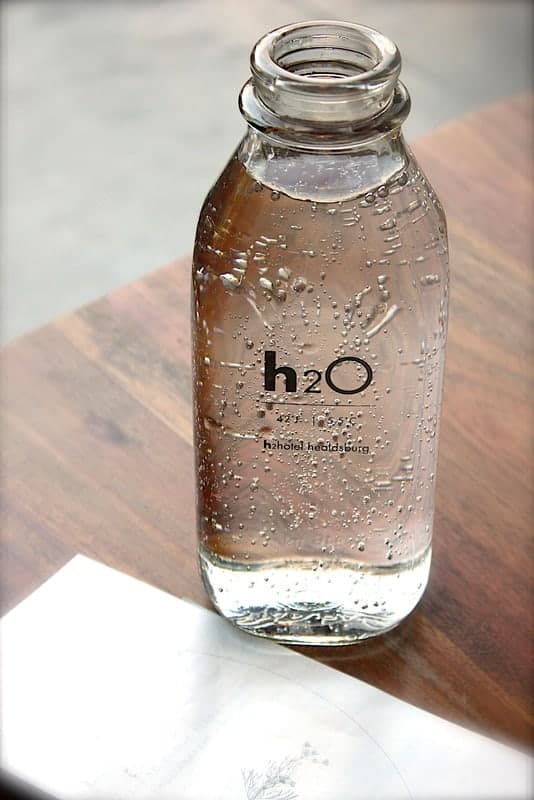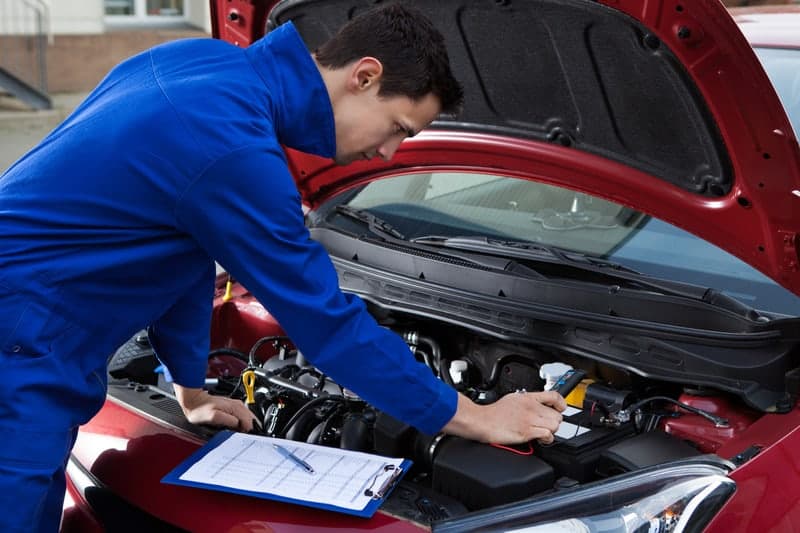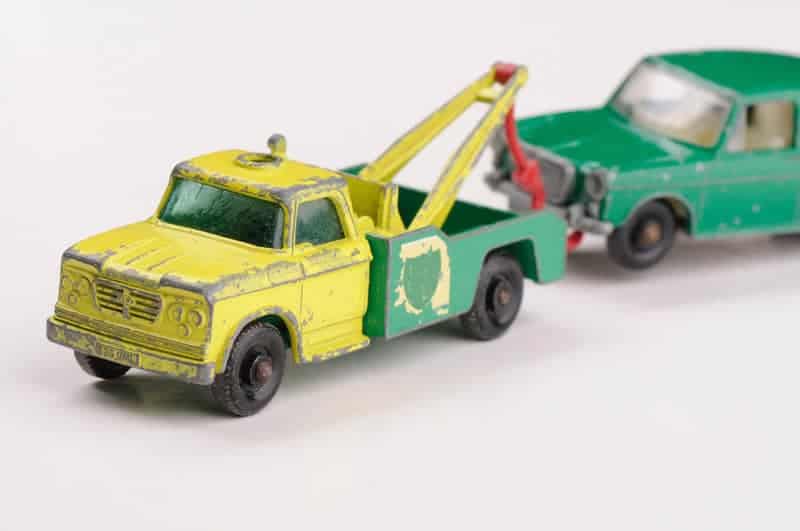Typically, when you go to press down on the brake of a car whose engine isn’t running, they are extremely hard to move. Once the engine starts, the brakes are much easier to press down on, though they should feel firm. If your brakes are so hard that you feel like you have to stand on them to stop, there’s most likely an issue, and something isn’t working correctly.
To diagnose a brake pedal that gets hard, you should first inspect the most apparent areas from which the issue could arise. Most commonly, hard brakes indicate that the power brake booster has failed due to an improper vacuum level. Some additional potential causes for hard brakes are:
- Bad/faulty brake valve
- Contaminated brake fluid
- Bad/wrong booster hose
- Vacuum Pressure Loss
- Off pedal ratio
It’s one thing to know the top causes of a hard break, but there is so much more to diagnosing your brakes. We’re going to sum it up in 6 easy steps.
How Should Brake Pedals Normally Feel?
When it comes to describing how brake pedals should usually feel, the keyword is “firm,” not too hard or too soft. It’s not always obvious to many drivers how firm brake pedals should feel, but there are a few scenarios by which you can judge the touch sensitivity of your brake pedals.
There are too many classic movie scenes to choose from in which some character on a heist or desperate getaway is speeding down some road when suddenly they spot an obstacle or the end of a cliff quickly approaching.
Typically, this never ends well, and the character is left zooming toward the obstacle while aggressively pumping the brakes to no avail. This would be the perfect example of soft brakes, having to press down harder than normal on the brake pedal to slow down or stop completely.
When you apply pressure on a soft brake pedal, there’s no struggle whatsoever to press it down at all. As with hard brakes, the worst-case scenario is that the brake pedal doesn’t function at all. With hard brakes, it may feel almost impossible to press down on the brake pedal, even by applying a lot of pressure.
You could practically be standing on the brake pedal with all of your weight, and it may give a little or not at all.
To show comparison, when you apply pressure to a normally functioning brake pedal, it should slow the car down as you press down firmly. The harder you press down on the brake pedal, the firmer it should feel without having to apply too much or too little pressure. And once again, this is how the brake pedal should feel when the engine is running.
If your brake pedal immediately goes to the floor or just barely moves when you press down on it, there’s definitely a problem that needs to be diagnosed and resolved.
Check for A Failed Power Brake Booster

A bad or failed brake power booster is easily one of the most common causes of a hard brake pedal, and generally, it’s also one of the first considerations in diagnosing a hard brake pedal.
If you look even deeper, a lack of vacuum pressure in the brake booster itself could also be the cause, but we’ll further explore vacuum pressure as its own entity later on.
In terms of a brake booster, a vacuum source is required in order for it to operate properly. The power brake booster contains many parts on both the front and backside of it, meaning even the slightest operational mishap within its many moving parts can hinder its proper functioning.
The recommended means of properly diagnosing a bad booster as the cause of a hard brake pedal is through the help of a certified or experienced mechanic or technician, as looking inside a brake booster is not an easy task. There are, however, ways in which you can check out the functioning of the brake booster on your own without having to look inside it.
- In order to get rid of any vacuum pressure inside of the booster, quickly press and release the brake pedal a few times in a row while the engine isn’t running.
- After pressing and releasing the brake, maintain slight pressure on the brake pedal as you would if you were to stop at a stop sign or red light.
- While still applying pressure on the brake pedal, start up the engine. When you do this, pay careful attention to what happens to the brake pedal once the engine turns on. This will tell you what the most probable case is with the power brake booster.
In the case that the booster diaphragms are properly working, with your foot still applying pressure, the pedal will slightly drop once the engine starts running. When the engine starts to run, it creates enough vacuum pressure to physically hold the diaphragm in place.
In the case that the power brake booster isn’t working properly, the pedal will not move once the engine has started. This could mean that there isn’t enough vacuum pressure to hold the diaphragm in place within the booster. It could also indicate an issue with the two-way valve.
This diagnosis would most likely require the replacement of the power brake booster. For information on how to replace a brake booster, click here.
Check for A Bad/Faulty Brake Valve
A defective brake valve is not often the first assumption when it comes to diagnosing a hard brake pedal, as it is often overlooked compared to a broken power brake booster. When it comes to the braking system, there is also more than one type of brake valve, and each one performs a different function.
Some common valves that make up the braking system are:
- Combination valve—also sometimes referred to as a “check valve,” the combination valve does exactly what its name suggests, a combination of things. Basically, in combination with its components, the combination valve helps to maintain the balance of the brake system.
Within the combination valve, there are three additional valves:
- Metering valve—located at the front of the combination valves, the purpose of the metering valve is to reduce the pressure coming from the front wheels so that the rear brakes apply first when engaged.
- Proportioning valve—located at the back of the combination valve, the purpose of the proportioning valve is to regulate the rear brake pressure and to reduce it in order to prevent rear-wheel lockup.
- Residual valve—the purpose of the residual valve is to maintain the pressure on the brake system and to prevent the backflow of brake fluid into the master cylinder.
For more information on brake valves, click here.
The combination brake valve is an essentially moving part of the brake booster and is vital to its proper function. The combination valve is located within the body of the power brake booster and connects to the vacuum hose, which runs from the engine.
If you have noticed so far, the power brake booster is essentially the hub of the braking system. For this reason, a lot of issues stem from the components within the power brake booster, if not directly from it.
The combination valve’s essential function is to hold the vacuum pressure within the brake booster when the engine starts and allows it to pull only against the brake booster.
If the combination valve is properly working, you should be able to blow air into the side of the valve connecting to the hose without it coming out on the side of the valve that connects to the brake booster. You can do this only after first disconnecting the valve from the booster and the vacuum hose, of course. Air should be able to go through but not come out the other side.
An indication that the brake valve is not properly functioning is if the air you blow continues to travel through the valve and out through the side, where it connects to the brake booster. In this case, the combination valve should be replaced or at least further examined by a professional.
Examine the Brake Fluid

Aside from actual mechanical parts, fluid could also be the cause of hard brake pedals. Brake fluid, to be exact, can cause sludge to build up over time and create the false sense that the power brake booster or one of the valves of the braking system isn’t properly functioning.
“Brake fluid is a hygroscopic fluid—a fluid that absorbs water. Over time, this causes sludge to build up in the brake system, and this sludge can make it seem like the brake booster has failed.”
Source: Why Is My Brake Pedal So Hard To Push and How Do I Fix It?
When it hasn’t absorbed so much water that it becomes sludge, brake fluid should appear clear with just a slight brownish tint to it. If you suspect that grimy brake fluid is to blame for why your brake pedal is hard, simply check the reservoir where the fluid is located.
Gently scrape some of the fluid from the surface of the reservoir with a stick or flat screwdriver and check the contents afterward. If the contents are clear or similar to how brake fluid should look, then it is not contaminated and, therefore, not the cause of a hard brake pedal.
If the contents appear to be thick, dark sludge, then the brake fluid needs to be replaced. For steps on how to replace old brake fluid, visit here.
I had a tire repair kit and used the tool and a rag I carried in my truck to check the brake fluid reservoir.
Verify the Quality and Size of the Vacuum Hose
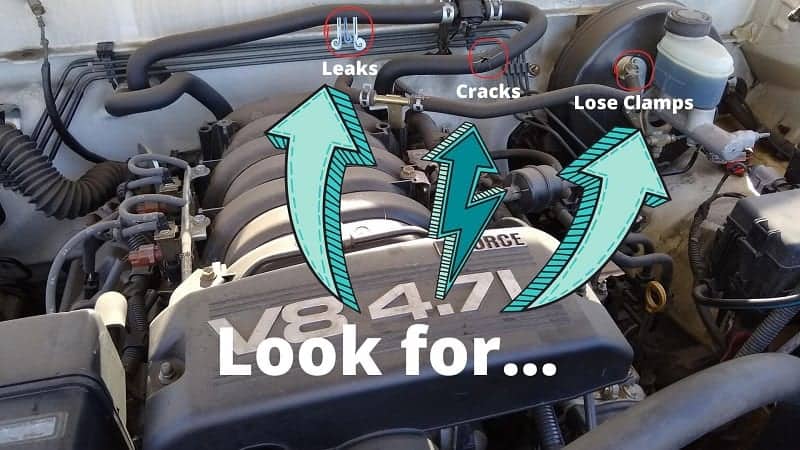
As mentioned before, a lot of the causes behind a hard brake pedal stem from the power brake booster itself or at least from within it. Much like how the brake valve is connected to the brake booster, the vacuum hose is connected to it as well.
Just as a faulty brake valve can disrupt the whole braking system, so can having the wrong type of hose.
The vacuum hose runs from the engine to the booster. It is responsible for transporting the vacuum pressure from the engine to the booster. In some cases, the hose has become worn down and is of bad quality, and no longer serves a functioning purpose. In other cases, the wrong type or size of vacuum hose is attached and needs to be replaced.
Contrary to popular belief, not all vacuum hoses are the same size or, better yet, created equally. Most of all, the hoses created are made of black rubber. However, they are not all equally sized. Generally, a hose will contain a certain ID in the middle of its surface. This ID often refers to a particular size.
On average, a vacuum hose connected to a power brake booster has a size ID of 11/32”. This ID is not to be confused with a car’s fuel line, which people tend to assume is roughly the sizing guide for a vacuum hose. The size ID of a fuel line differs, however, because it is roughly 3/8”.
To serve as a better example, unlike fuel lines, all vacuum hoses, regardless of size, go by a size ID of any number over 32 or x/32”. That means that all typical sizes could be 9/32”, 7/32”, etc. There is no particular way of diagnosing a bad vacuum hose except by visually checking the hose or its size ID.
Consider Vacuum Pressure Loss
If there is too much or too little vacuum, the brake pedal could become too hard or, in this scenario, too hard. First, let’s further explore the purpose of a vacuum in the braking system.
Once the engine starts running, it acts as an air pump that sucks vacuum or vacuum pressure from the vacuum hose that is connected to the power brake booster.
“This vacuum is sourced through the intake manifold by simply tapping into an intake runner and can sometimes be ported through the baseplate on the carburetor. From the intake manifold to the brake booster will be a vacuum hose that is used to provide this vacuum.”
Source: Master Power Brakes
As mentioned in the brake booster diagnosis section, the brake booster contains a diaphragm that has a two-way valve that connects to the engine. A brake booster at rest causes the engine to pull vacuum pressure from both sides of the diaphragm within the booster and thus creates a balance from within the two parts.
The vacuum hose acts as a path or transporter for the vacuum pressure coming from the engine and flowing into the booster. Once the vacuum is pulled from the engine, it remains stationary within the brake booster.
When you go to press down on the brake pedal, this causes the two-way valve of the diaphragm to move.
As a result, the valve located towards the back of the diaphragm cuts off the pull of the vacuum from the engine, which then causes the engine to pull vacuum pressure from the front of the diaphragm.
This, in turn, creates atmospheric pressure that is then released into the back of the brake booster.
This release of pressure and the forward pull of vacuum from the engine is what activates the braking mechanism to function properly as you firmly press down on the brake pedal.
If the pull of the vacuum from the engine doesn’t create enough pressure, the diaphragm will not move, and consequently, the brake pedal will rely on the pressure applied by your foot to move the diaphragm.
This is why the brake pedal feels hard or doesn’t move at all when you go to press it down.
Double Check the Brake Pedal Ratio

If all potential causes don’t seem to lead to a proper diagnosis behind your hard brake pedal, you could also consider an off or uneven pedal ratio as the issue.
The petal ratio refers to the balance between the length of the brake pedal and the axle or the area where it pivots.
The pedal ratio is not as much to blame for a hard pedal as some of the other causes listed, but it can become a major problem when it is off. For this reason, it is still considered a potential cause even though it is less commonly a cause for a hard brake pedal.
The brake pedal acts as a lever with different pivot points, and when pressed down, it causes motion within the booster, as previously explained.
If the pedal ratio is off so much that it’s not enough to allow the brake pedal to reach the booster when pressure is applied, it can prevent the motion needed for the booster.
The brake booster relies on the proper function of the brake pedal to move the diaphragm. If it can’t do this, this will result in the same hard brake pedal caused by vacuum loss.
Diagnosing a bad pedal ratio as the cause of a hard brake can be difficult if it requires repositioning the brake pedal ratio.
Sometimes the pivot points need to be relocated as well. Generally, a brake pedal has a ratio of 4:1.

